The Earliest Surviving Photos of Iran: Photos from 1850s-60s Capture Everything from Grand Palaces to the Ruins of Persepolis
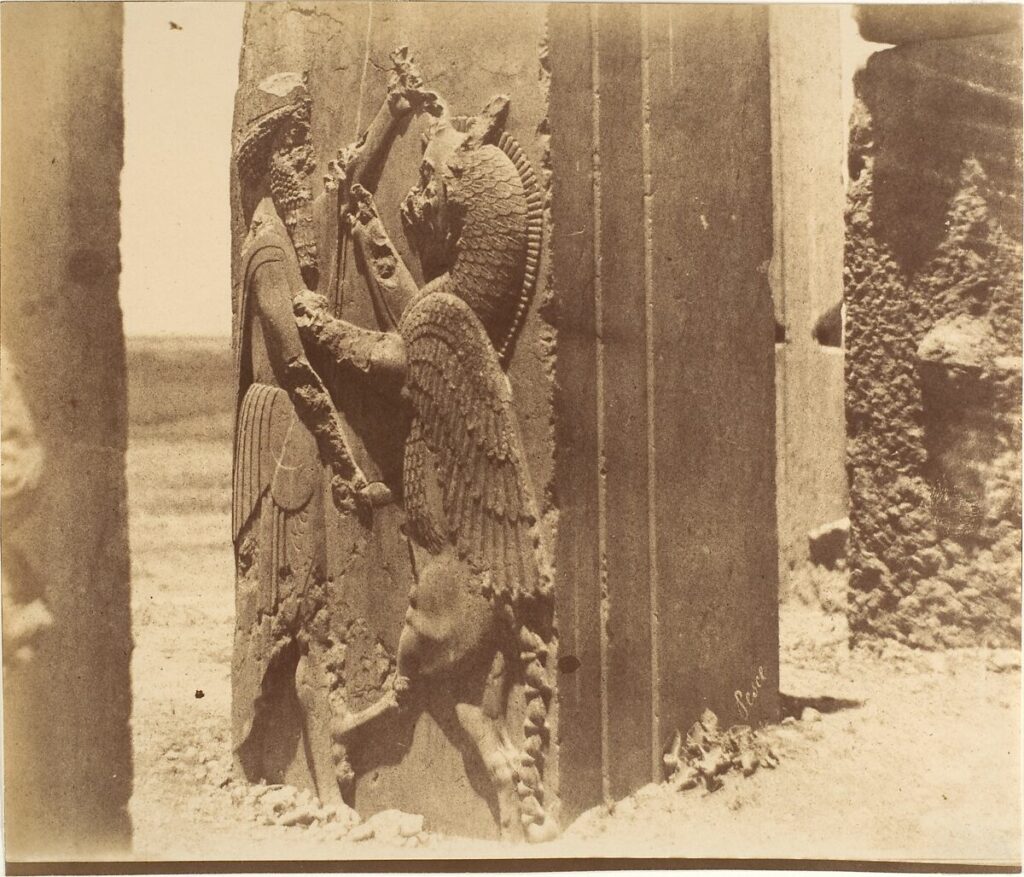
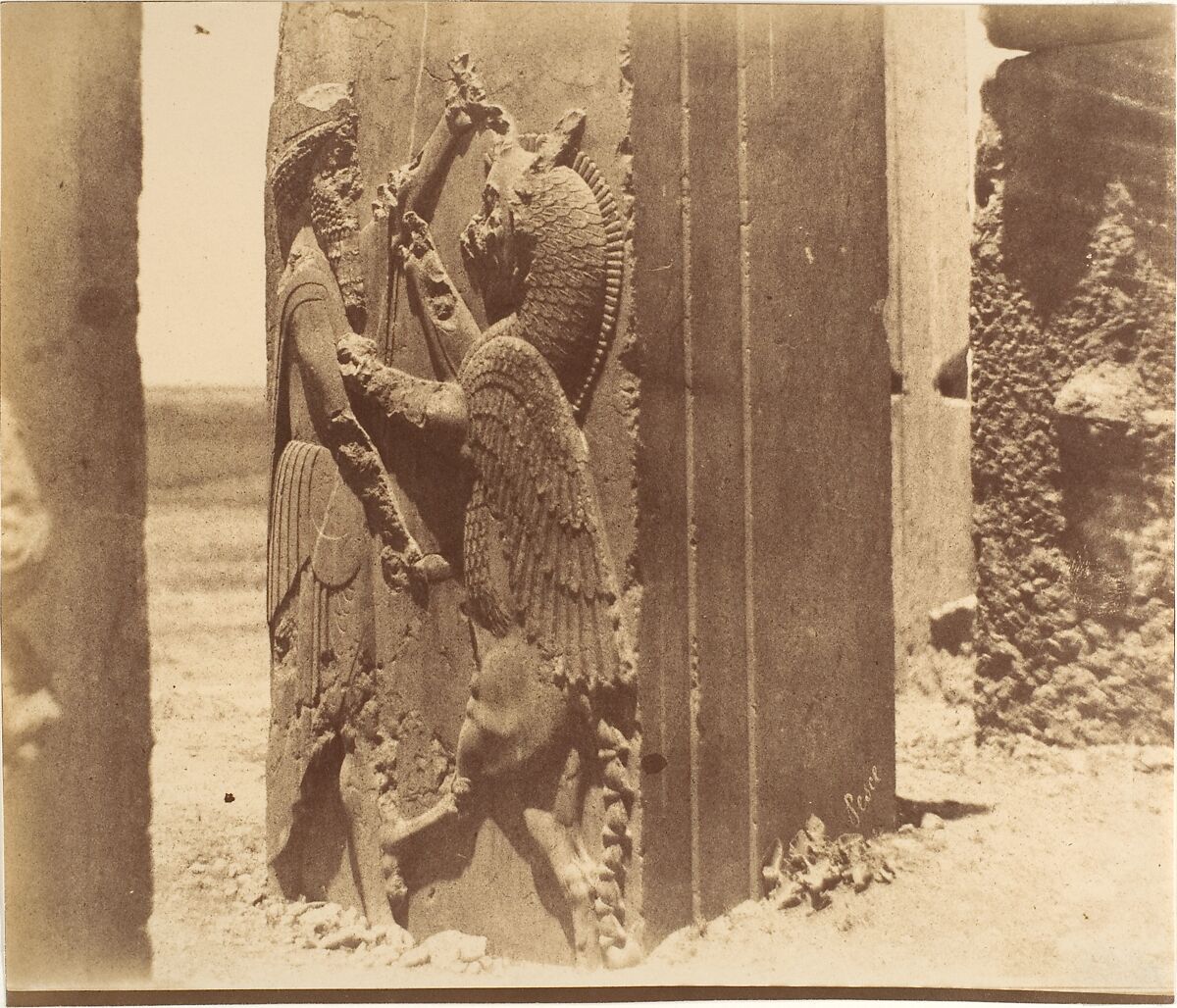
The technology and art of photography emerged in nineteenth-century Europe. And so, when a part of the world outside Europe was well-photographed in those days, it tended to be a traveling European behind the camera. Take John Thomson, previously featured here on Open Culture, for his photos of China in the eighteen-seventies. Even before that, an Italian colonel and photographer named Luigi Pesce was hard at work documenting a land geographically closer to Europe, but hardly less exotic in the European worldview of the time: Persia, or what we would today call Iran.

“According to scholars and historians, the first photographer in Iran was Jules Richard, a Frenchman who, as stated in his diaries, arrived in Tehran in 1844,” says the web site of the National Museum of Asian Art.
“He served as the French language tutor of the Gulsaz family and took daguerreotypes of Mohammad Shah (reigned 1834–48) and his son, the crown prince, Nasir al-Din Mirza.” Alas, these photographs seem to be lost, much like most others taken before Pesce’s arrival in the country in 1848, “during the reign of Naser al-Din Shah Qajar, to train Iranian infantry units.”

Pesce’s photographic subjects included Naser al-Din himself, pictures of whom appear in the online collection of Pesce’s work at the Metropolitan Museum of Art. It was the Met that received a copy of the photo collection Pesce produced of Iran’s ancient monuments — probably the very same copy that the photographer had originally sent to Prince William I, King of Prussia.
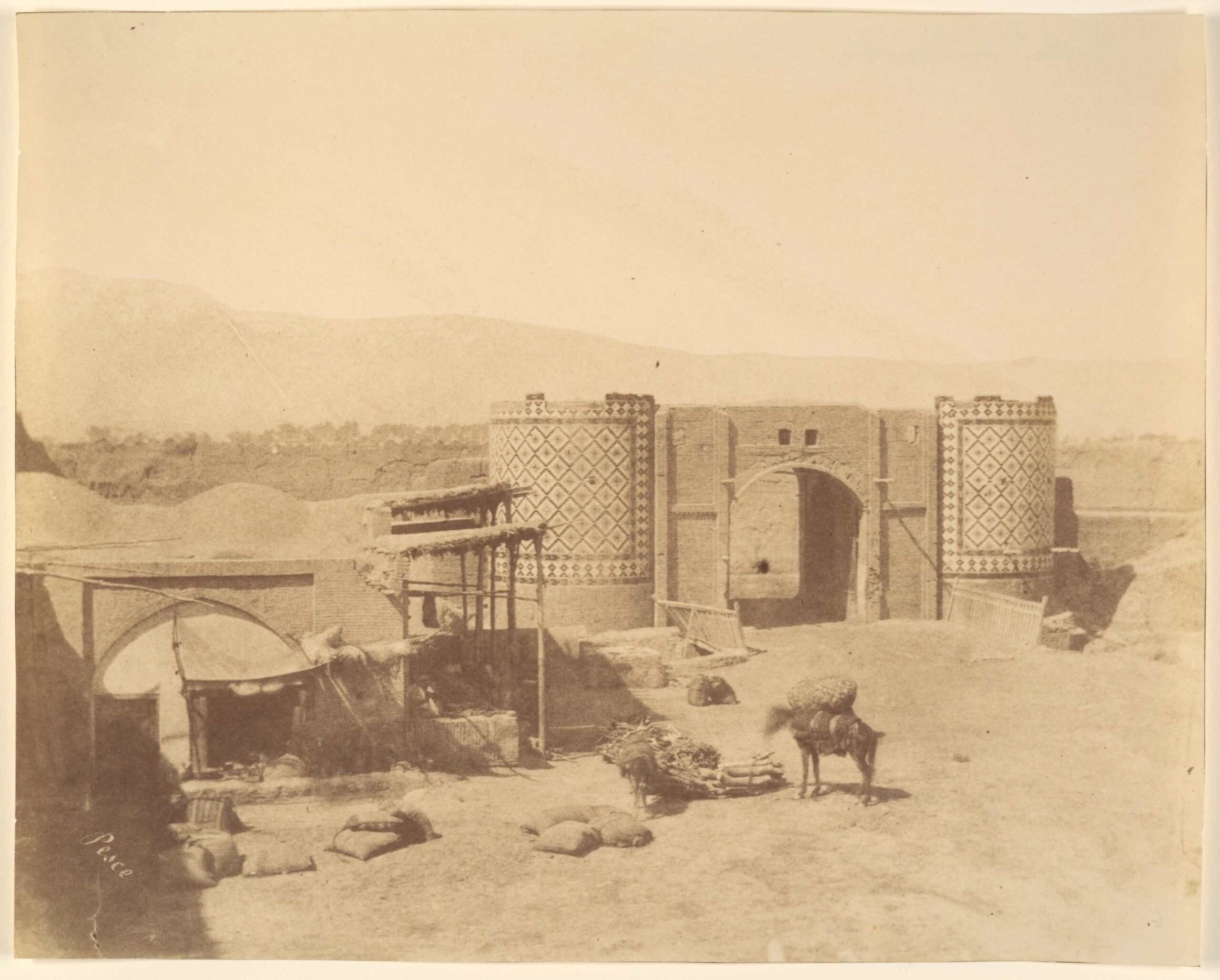
In those days, even such exalted figures had a great deal of curiosity about far-flung realms, and before photography, they had no easier way of seeing what those realms really looked like than making the arduous journey themselves.
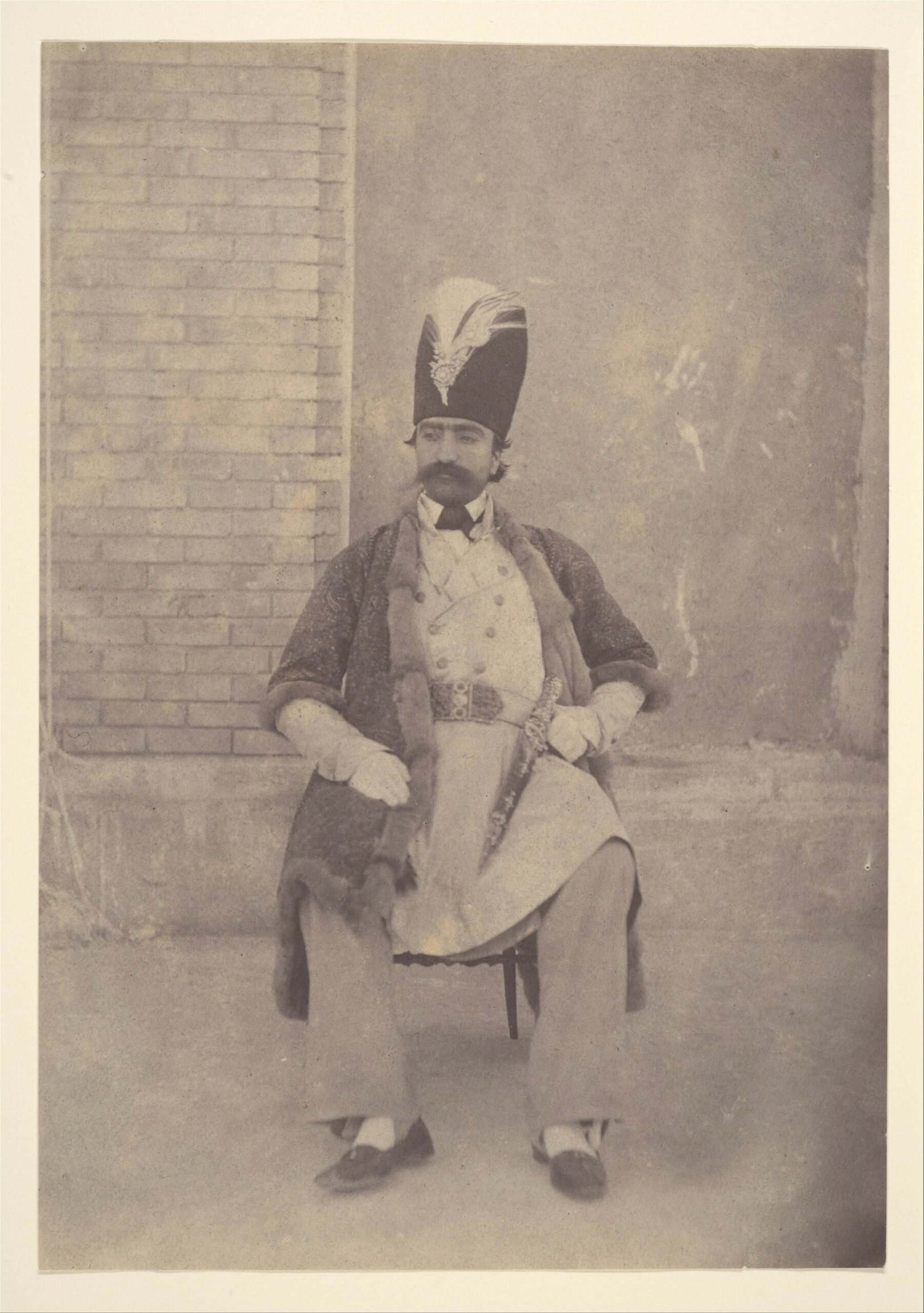
The sites captured in this collection include Toghrol Tower, the Tomb of Seeh-i Mumin, and the Mosque of Nasser-eddin Shah — as well as Pasargadae, Naqsh-e Rustam, and Persepolis, the famed ceremonial capital complex of the ancient Achaemenid Empire, which Pesce was the first to photograph. Or at least he was the first to succeed in doing so, Naser al-Din having previously sent Richard off to make some daguerreotypes of Persepolis that never came out.
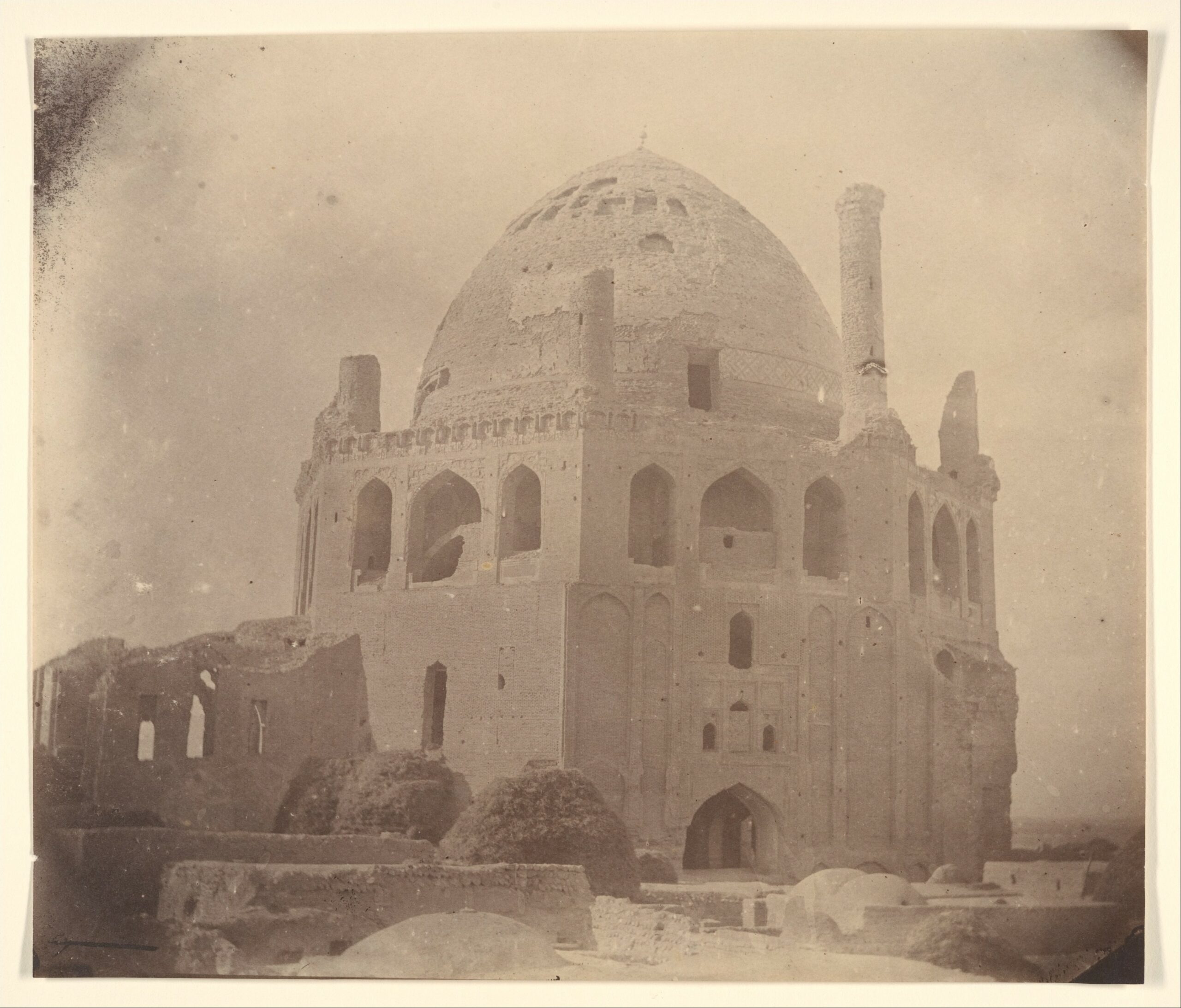
But even Pesce’s photographs, fully executed using just about the height of the technology at the time, no longer have the immediacy they would have when Prince William gazed upon them; more than a century and a half later, they have a patina of historical distance that shades into unreality, making them feel not unlike ruins themselves. You can also view more photos on Google Arts and Culture.
Related content:
New Archive of Middle Eastern Photography Features 9,000 Digitized Images
Behold the World’s Oldest Animation Made on a Vase in Iran 5,200 Years Ago
The Oldest Known Photographs of Rome (1841-1871)
700 Years of Persian Manuscripts Now Digitized & Free Online
Based in Seoul, Colin Marshall writes and broadcasts on cities, language, and culture. His projects include the Substack newsletter Books on Cities, the book The Stateless City: a Walk through 21st-Century Los Angeles and the video series The City in Cinema. Follow him on Twitter at @colinmarshall or on Facebook.


